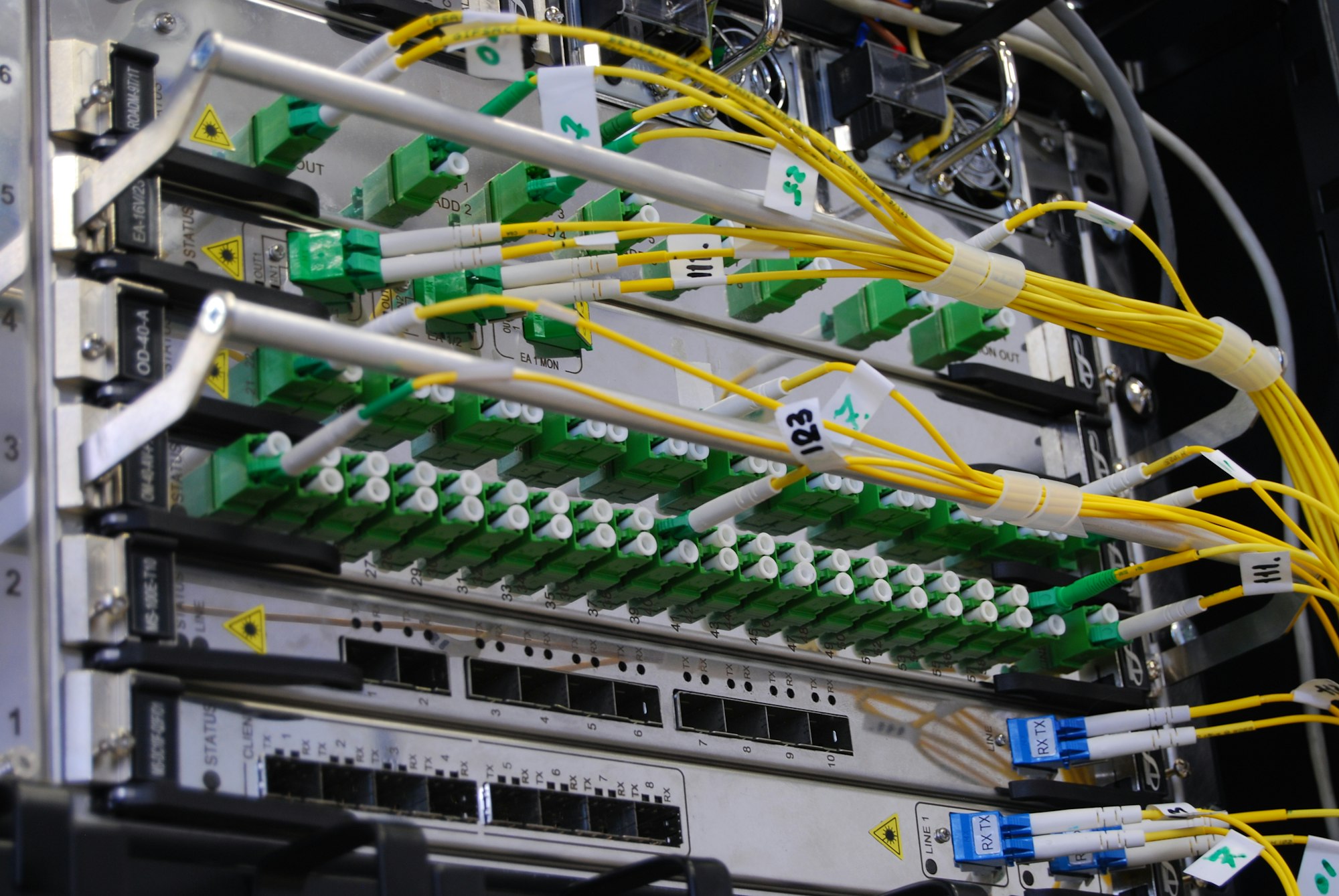I took this course along with another course CS6035 Intro to Information Security in my second semester (Spring 2021).
Topics Covered
In this course, we begin with the introduction of Internet architecture and the transport layer algorithms and protocols. We also get into intradomain/interdomain routing, peering and networks relationships along with the router design and functionalities. Lastly, we touch upon the Software Defined Networking, Network Security, Computer Networks, and Content Delivery Networks. Here's the list of very brief topics that touches upon in this course:
- Internet architecture
- Brief history of Internet (ex: ARPANET, NCP, TCP/IP, WWW, etc.)
- Open Systems Interconnection (OSI) Model (7-layered)
- Layer encapsulation and de-encapsulation
- End-to-end (e2e) principle
- Spanning tree algorithm in bridges
- Multiplexing and de-multiplexing
- UDP vs TCP
- TCP three-way handshake
- Transmission control, flow control, congestion control
- Intradomain routing vs interdomain routing
- Interior Gateway Protocol (IGP)
- Linkstate Routing algorithm vs. Distance-Vector (DV) algorithm
- Poison-reverse
- Routing Information Protocol (RIP) - based on DV protocol using Bellman-Ford algorithm
- Open Shortest Path First (OSPF) - based on Linkstate routing algorithm
- Hot-Potato routing
- Autonomous Systems (AS)
- Internet Service Provider (ISP)
- Internet Exchange Points (IXP)
- Content Delivery Network (CDN)
- BGP routing
- iBGP (internal) vs. eBGP (external)
- Router architecture
- Packet classification
- Fast searching using set-pruning tries
- Traffic scheduling using deficit round robin, token bucket, or leaky bucket
- Software Defined Networking (SDN)
- Data plane vs. control plane
- SDN architecture (network elements, controller, applications)
- Open Networking Operating System (ONOS)
- Secure communication: Confidentiality, Integrity, Authentication, Availability
- DNS abuse - Round-Robin DNS (RRDNS), DNS-based CDN, Fast-Flux service networks (FFSN)
- BGP hijacking
- Distributed Denial of Service (DDoS)
- DDoS mitigation techniques
- DNS censorship
- Multimedia applications
- Progressive download vs streaming
- Bitrate adaptation algorithm
- CDN server selection
Course Review
It is an easy course to be honest, however, it is quite a fun course to learn all about the computer networking stuff. There's no textbook required, and reading articles are optional as well. In order to do well (get an A) in this class, all you need to do is to make sure that you can fully comprehend the stuff on the module sections, be careful when doing the exams (30% total) and complete all the projects (70% total), including extra credits (3% total) too! The projects are very comprehensive and most of the projects have pre-recorded videos or written documents to guide you finish the project, so you don't have to worry too much about it. The exams are alright, just make sure you can understand what is being taught in each module, there aren't a lot of things to learn. You can also join the TA chat sessions or ask questions in Piazza (I believe Piazza is soon to be replaced by Ed, but who knows 🤷) or during office hours, the TAs are super friendly and helpful most of the time. There are plenty of ways to get the help you need, so there is no way that you will fail this class. I would say, it is an interesting class and might be good to couple with another harder class.
Difficulty : ★★☆☆☆ (2 out of 5)
Quality : ★★☆☆☆ (2 out of 5)
Workload : 0 - 10 hours / week
Overall Rating : ★★★☆☆ (3 out of 5)
Post was published on , last updated on .
Like the content? Support the author by paypal.me!


